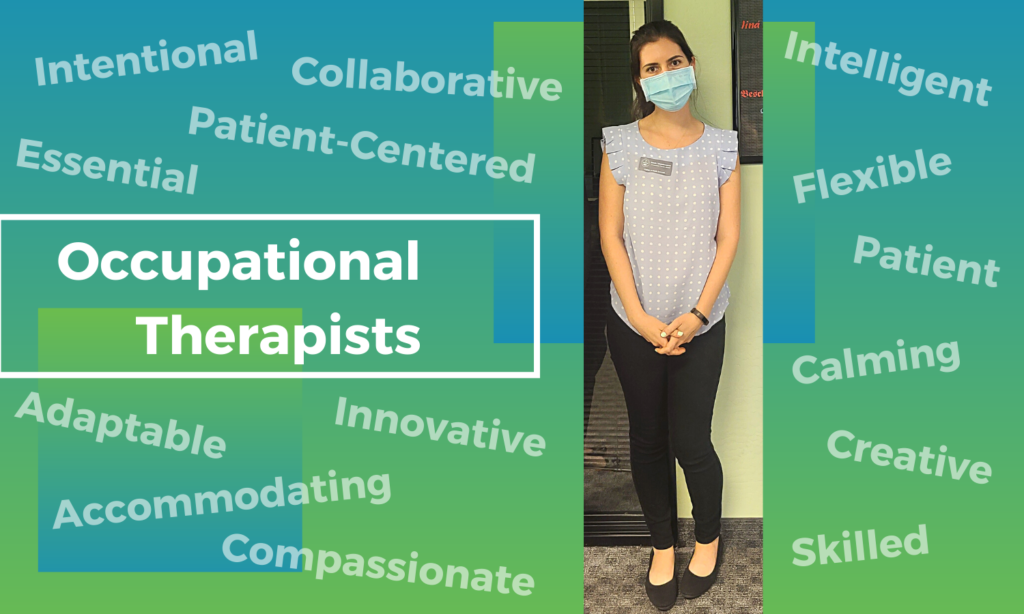
As occupational therapists (OT) in training we participate in fieldwork placements of various periods of time, different practice areas and strategic points during our classroom education. As an OT student, each of these fieldwork placements are an exciting window into the future as an occupational therapist.
As seasoned occupational therapists hosting OT students for these fieldwork periods, we are reminded how exciting it is to see your education being put into action and energizes us to remember how important occupational therapy is to our patients. Each of these students brings with them new knowledge and perspective to advance our practice as well!
Driving to Independence enjoys hosting Level I and Level II students from our local schools and universities. In celebration of Occupational Therapy month, we were able to dive a bit deeper into Natalie’s recent Level I experience with us and our driver rehab clients.
What attracted you to occupational therapy?
The field of occupational therapy (OT) recognizes the importance of one’s independence, therefore finds ways for individuals to remain as independent as possible. Adaptive equipment (AE) has attracted me to OT because with the assistance of AE, many individuals can live functional, meaningful, and independent lives, regardless of one’s deficits.
Will you share your knowledge or awareness of driver rehab prior to beginning your Level I placement with Driving to Independence?
My knowledge prior to my fieldwork I placement was minimal. I mistakenly believed most of the client’s participating in driver rehab would be 65+. In addition to the client population, I was not aware of the extensive adaptive equipment that is available to assist with driving.
What surprised you most about working in this unique area of OT practice?
The various age groups and wide variety of diagnosis that participate in driver rehab.
Name 3 things you learned specific to driver rehab during your placement.
- There are 3 primary areas that are assessed during the initial clinical evaluation (vision, cognition, motor function).
- Even if a client scores below average on written/verbal assessments, the client could demonstrate safe and appropriate skills while driving behind the wheel.
- CDRS (Certified Driver Rehabilitation Specialists) provides and educates clients on appropriate adaptive equipment to ensure their safety and independence when driving.
How do you think your experience at Driving to Independence has helped you as an OT?
My experience at Driving to Independence has helped me, as an OTS, realize how this specialty fits within the field of occupational therapy. Driving is a meaningful occupation that symbolizes one’s independence. In addition to the occupation, my fieldwork experienced showed me the importance on providing individuals an equal opportunity to become a safe driver.
As a unique and specialized area of occupational therapy, driver rehab is often overly focused on the older driver. However, driving and being independent in our community, find employment, choose where we live, socialize, and participate in daily activities is dependent on our ability to drive in most cases. Although public transportation may be available, utilizing it as a sole method of mobility is often not an option.
Driving to Independence and each of our therapists, regardless of medical specialty, serve our clients to ensure they are safe and independent drivers with or without adaptive equipment.
We look forward to continuing to serve our community through driver rehab for clients or introducing our specialty practice to occupational therapy students.
